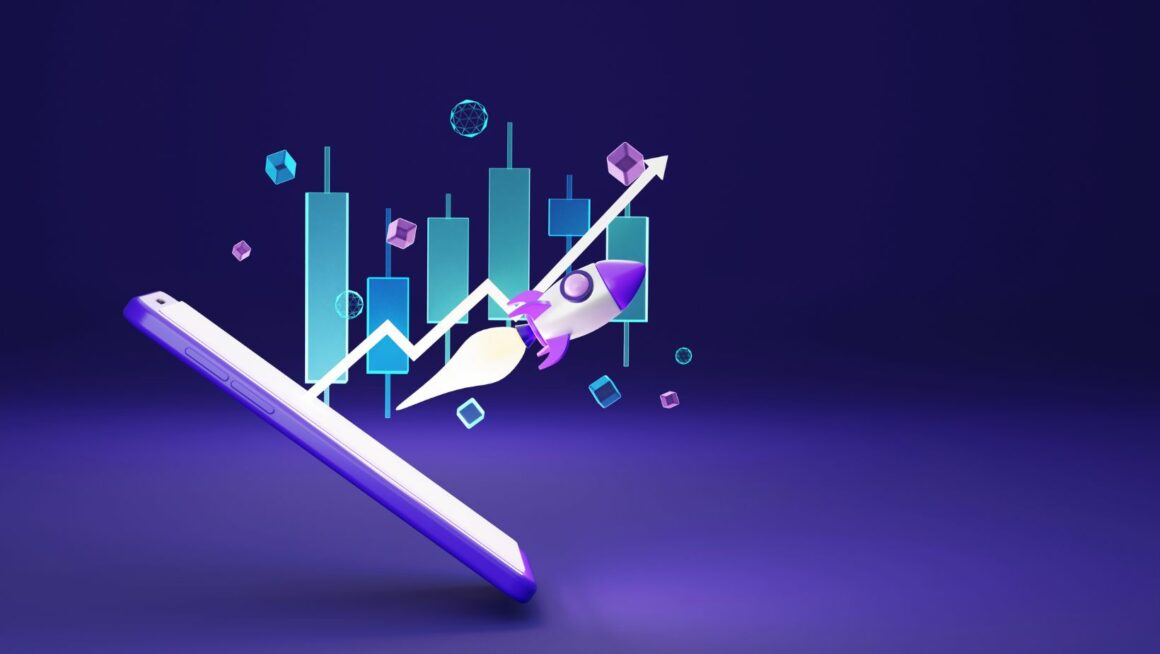In the rapidly evolving world of digital currency, blockchain wallet logins have become a staple for tech-savvy investors. They’ve revolutionized the way we transact, adding a layer of security and convenience that’s unmatched by traditional methods. But what exactly is a blockchain wallet login and why is it so important?
Blockchain Wallet Login
What Is a Blockchain Wallet?
A blockchain wallet, closely linked to the concept of a blockchain wallet login, acts as an individual’s personal interface to the decentralized transaction network, commonly known as the blockchain. Much like your online banking application enables transactions in fiat currencies, a blockchain wallet facilitates the transfer of digital currencies. A distinguishing feature resides in its ability to offer a heightened level of security. With intricate cryptographic protections in place, the threat of unauthorized access becomes minimal—one of the driving factors contributing to the growing adoption of blockchain wallets amongst cryptocurrency users, both seasoned and novices alike.
How Does Blockchain Wallet Authentication Work?
 Swinging back to the matter of a blockchain wallet login, the primary authentication process exhibits substantial distinctiveness compared to traditional logins. For starters, an account holder, upon the creation of a blockchain wallet, receives a unique pair of cryptographic keys. Encapsulated in this duo are a public key, which can be likened to an email address, and a private key, akin to a confidential password.
Swinging back to the matter of a blockchain wallet login, the primary authentication process exhibits substantial distinctiveness compared to traditional logins. For starters, an account holder, upon the creation of a blockchain wallet, receives a unique pair of cryptographic keys. Encapsulated in this duo are a public key, which can be likened to an email address, and a private key, akin to a confidential password.
The public key plays its part in the enabling of transactions; other users send cryptocurrencies to the wallet using this key. On the flip side, the private key serves as the golden ticket for the blockchain wallet login process. It validates the ownership and grants account control, thereby permitting spending, transferring, and management of the digital assets within the wallet. However, bear caution with this private key, as potential irretrievable loss lurks around reckless handling. Hold the understanding that losing the private key renders the blockchain wallet forever unapproachable, given the absence of a recovery mechanism.
Key Features of Blockchain Wallets
Building upon the explanation of how blockchain wallet logins contribute to secure digital transactions, we can further broaden the understanding by highlighting two key areas – Security Aspects and the Ease of Access and Interface of blockchain wallets.
Security Aspects
 At the heart of a Blockchain wallet’s key features lays its robust security framework. Conventionally, this feature emanates from the technology that powers blockchain wallet logins. The focal point of this technology is the ‘public and private key’ pair, a cryptographic set, which, akin to a lock and key mechanism, grants access only to the designated user. These keys impart a marked degree of security to the wallet, endowing it with a barrier hard to penetrate by unauthorized entities.
At the heart of a Blockchain wallet’s key features lays its robust security framework. Conventionally, this feature emanates from the technology that powers blockchain wallet logins. The focal point of this technology is the ‘public and private key’ pair, a cryptographic set, which, akin to a lock and key mechanism, grants access only to the designated user. These keys impart a marked degree of security to the wallet, endowing it with a barrier hard to penetrate by unauthorized entities.
Encrypting information through a public key, blockchain wallets ensure only the private key can decrypt it, fortifying security. Notwithstanding the evidence of numerous hacking incidents on digital networks, blockchain wallets, with their remarkable security mechanisms, have remained largely unscathed.
Ease of Access and Interface
 Ease of access and a clean interface can significantly enhance user experience, and blockchain wallet is no different. Recognizing this, developers have emphasized user-friendly design in their iterations, Dave, for instance, introduces a cleaner, more intuitive, and responsive interface, making blockchain wallet login a seamless experience.
Ease of access and a clean interface can significantly enhance user experience, and blockchain wallet is no different. Recognizing this, developers have emphasized user-friendly design in their iterations, Dave, for instance, introduces a cleaner, more intuitive, and responsive interface, making blockchain wallet login a seamless experience.
Aside from the basics like checking balance and transaction history, blockchain wallets also incorporate features for sending and receiving cryptocurrencies. They offer compatibility with various cryptocurrencies, which broadens the scope of transactions that users can carry out.
Common Issues With Blockchain Wallet Login
Despite their advanced security features, users still encounter occasional problems with blockchain wallet logins. One prevalent issue is “Incorrect credentials error,” typically a result of misplaced passwords or errors when typing the private key. Users also report issues such as “access denied,” often indicating system updates or maintenance in progress. “Connection failed” errors point to network interruption or perhaps server downtime on the blockchain wallet provider’s side. Additionally, “Device compatibility issues” can cause login problems, particularly for users operating older software versions. Understanding these common issues encourages timely problem identification and more efficient troubleshooting, ultimately leading to a smoother user experience in the blockchain wallet terrain. The strategies to tackle these issues are forthcoming in the following sections.

